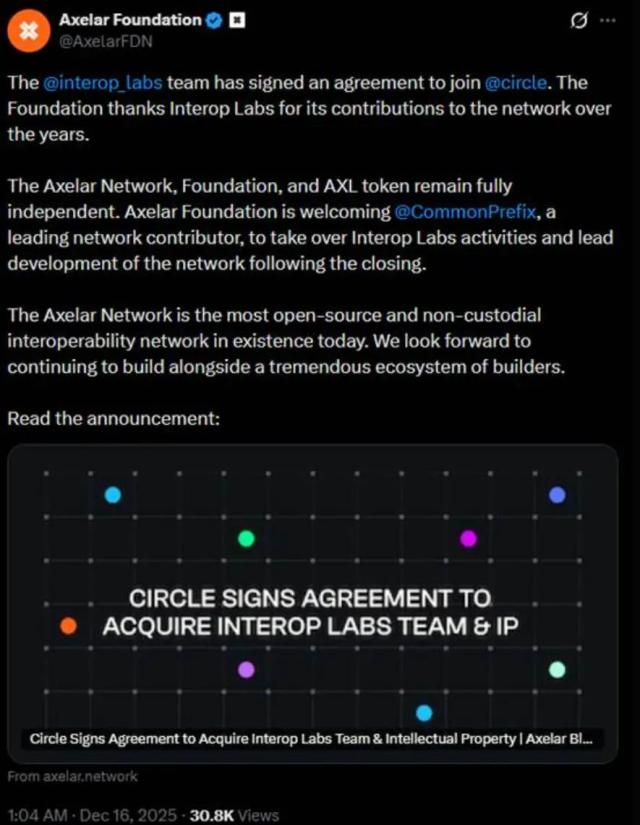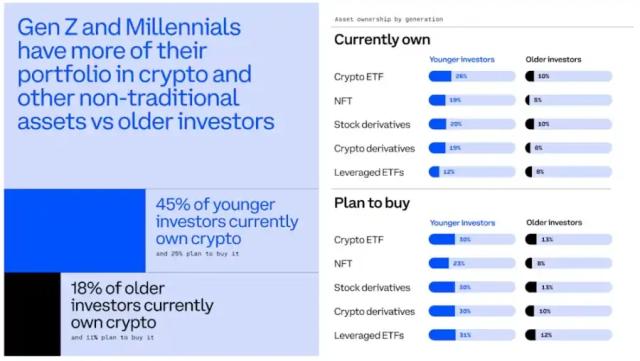Chainfeeds Summary:
In recent years, the revenue model in the Web3 domain has gradually returned to the core industry topic, especially against the backdrop of tightening venture capital liquidity. The market cyclically experiences excess and scarcity of liquidity, and when asset prices rise, investors tend to rotate funds into early-stage projects in the hope of obtaining excess returns. However, during market downturns, when capital sources diminish, project teams must rethink sustainable business models, rather than relying solely on financing expansion.
Source:
https://x.com/Decentralisedco/status/1899791625468903626
Author:
Decentralised.Co
Perspective:
Decentralised.Co: The liquidity in the Altcoin market has always followed the cyclical pattern driven by the Bitcoin halving. Historically, the market usually sees a rally within the first six months after a Bitcoin halving. In 2024, the inflow of Bitcoin ETF funds and Michael Saylor's large-scale purchases will create a supply shock for Bitcoin, with Saylor alone spending $22.1 billion to buy Bitcoin in the past year. However, this round of Bitcoin price increase has not been able to drive a simultaneous rally in the smaller Altcoins in the market. The current environment is one where market liquidity is tight, and capital allocators' attention is scattered across thousands of assets, while founders who have been working for years to build real products are perplexed - why should they bother developing real applications, rather than simply issuing MEME tokens, to get better financial returns? In past cycles, L2 tokens enjoyed a premium due to exchange listings and venture capital support. However, with the increasing number of market competitors, this premium is gradually disappearing, and the decline in the valuation of L2 tokens directly weakens their ability to subsidize small projects through funding or token revenue. This contraction in valuation has also led many project teams to start thinking about a question that is central to all economic activities - where should their revenue come from? Based on historical data, the revenue models in the Altcoin market can be roughly divided into two categories: one is protocols like Aave and Uniswap, which, through the Lindy effect or first-mover advantage, have accumulated transaction fees in the long run and become the industry standard in their respective tracks. For example, Uniswap can even increase its revenue by charging fees on the front-end, which shows that user habits and market recognition have already formed, and Uniswap's position in the decentralized exchange field is like Google's in the search engine field. The other is platforms like Friend.tech and OpenSea, whose revenues are cyclical, such as the NFT trading peak that lasted for two quarters, and the speculative frenzy of SocialFi that only lasted for two months. The revenue of these platforms mainly comes from market speculation activities, and if the scale is large enough and fits the product positioning, it is still viable. In the past few weeks, multiple teams have announced token buyback or burning mechanisms linked to revenue, such as SkyEcosystem, Ronin Network, Jito, KaitoAI, and GearboxProtocol. These token buybacks are similar to stock buybacks in the US stock market, essentially returning value to shareholders (or token holders) without violating securities regulations. In 2024, the total amount of stock buybacks in the US market reached $790 billion, a significant increase from $170 billion in 2000. In fact, stock buybacks were considered illegal in the US before 1982. For example, Apple has cumulatively repurchased $800 billion of its own stock over the past decade. However, whether this trend will continue in the Altcoin market in the long run remains to be seen. Currently, the market has clearly differentiated, with some tokens having stable cash flows and willing to invest in repurchasing their own tokens, while others completely lack this ability. For most early-stage projects or dApps, using revenue to repurchase tokens may not be the best use of funds. A more viable approach is to only allocate enough capital to offset the dilution effect caused by the release of new tokens.
Source







